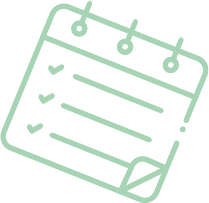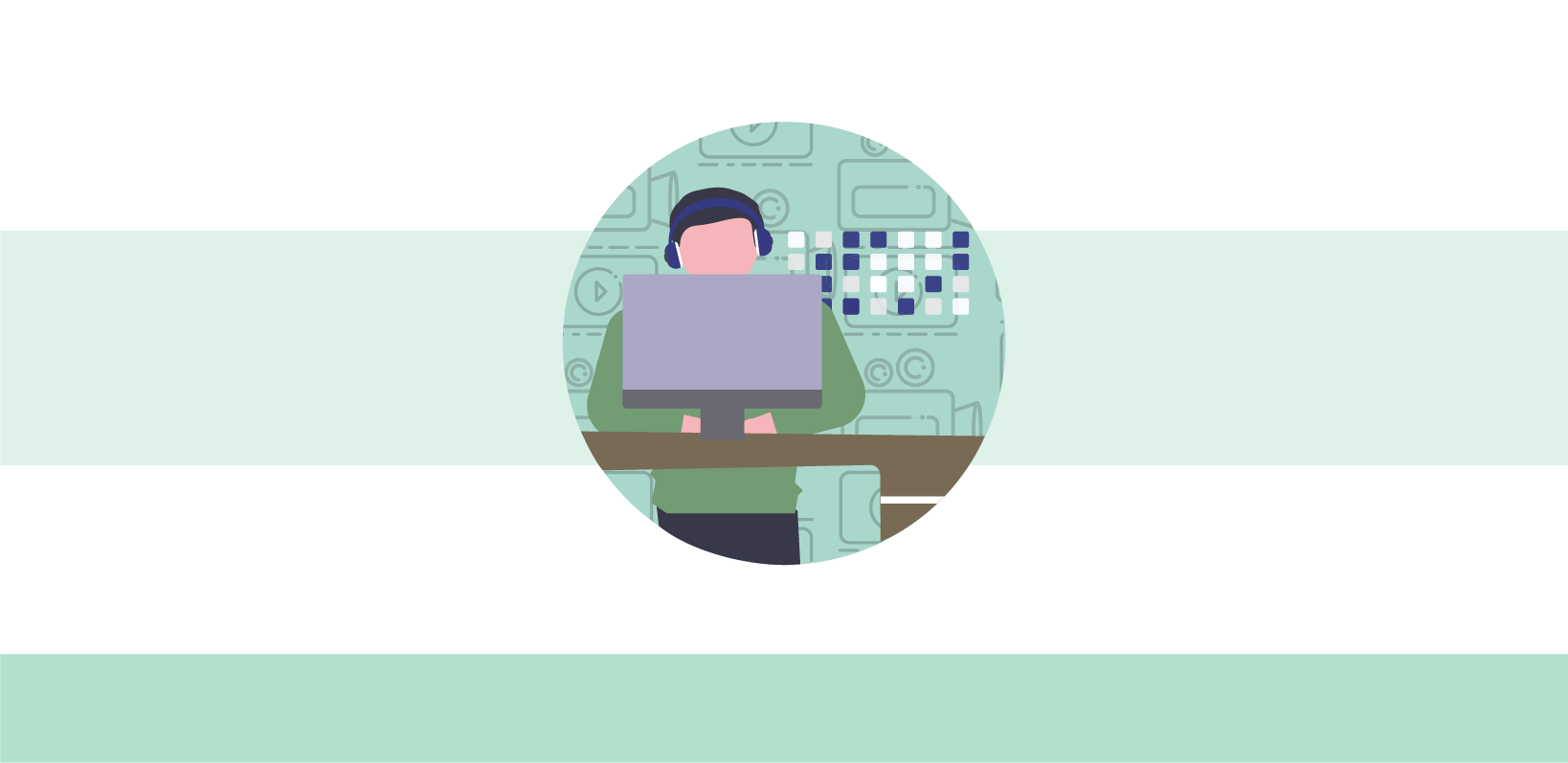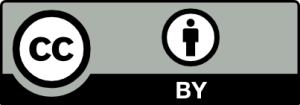#06 - Best-Practice-Example: Use of Digital Media
in Fundamentals Courses
This best-practice article shows how the Institute of Construction and Design Principles combines synchronous and asynchronous teaching and modern blended learning methods for optimal outcomes.

Short Profile of the Learning Setting:
Institute of Construction and Design Principles (KOEN)
Period: since spring 2020
Courses: lecture and seminar ”Construction“, seminar ”Form and Design“
Size: 15-180 students
Delivery Method: hybrid

...Contact for questions: Lisa Obermayer.
The didactic focus of the tasks lies on communication, collaboration and knowledge
transfer through the use of digital media as well as on the acquisition of analogue and
digital skills.
The teaching concept is described in more detail below on the basis of the tools used.
WEBEX
Use:
- Communication / interaction with students
- Passing on information
- Holding synchronous seminar classes
At the beginning of the academic year, all students of the year group are divided into small groups of 15. This division is made in Webex for the seminars ”Form and Design“ and ”Construction“.

In the Webex groups (areas), in addition to the lecturers of the two seminars, there is a study assistant (”buddy“) who is available for technical questions.
The Webex groups are used throughout the semester to communicate and pass on information from the institute/lecturers to the students, as well as between the students. In case of a switch to purely online teaching, they can also be used to hold synchronous seminar classes.
BROADCASTING-STUDIO & FEEDBACKR
Use:
- Live formats (seminar inputs & lectures)
- Recordings (lectures)
- Possibility to ask questions via feedbackr (anonymous) or the Webex Chat
In the summer of 2020, the Project Fund for Teaching of the Vice Rectorate for Academic Affairs enabled the institute to set up a a broadcasting studio, which is used in teaching in various formats, for example by recording the lecture ”Construction“ (Flipped Classroom concept) and live streaming of inputs in the two seminars ”Form and Design“ and ”Construction“. After each session, a URL to feedbackr is displayed, where the students can ask questions. These are then answered live from the studio by the lecturers.
The option to remain anonymous makes students from the first and second semester more likely to ask comprehension questions than in a crowded lecture hall in front of many other people.
In the autumn of 2021, a green screen was added to the studio, so that the presenter can now ”enter“ the architecture project and explain certain concepts in an engaging way.
Furthermore, the studio is used for live sessions using Webex meetings (lecture series ”Am KOEN zu Gast“, available in German), in which parallel, moderated chats provide the opportunity to interact between students and lecturers.
Supporting tools: touch pen & detail camera
Two tools are used to support the lecture graphically or visually to enhance interactivity. On the one hand, the use of a touch pen makes it possible to highlight content on the slides during the lecture or, to draw and thus to convey knowledge in an engaging way - similar to using a blackboard.
The second tool used during the lectures is a detail camera, which can be used to complement the explanation of analogue models and drawings. For instance, constructional aspects of buildings can be shown with the help of built models and live drawing can be used to demonstrate certain drawing techniques (e.g. How is an axonometric drawing made?).
Students can ”sketch along“ with the teacher and see individual steps of drawing techniques in real-time via an overhead shot of the drawing hands.
TU GRAZ CLOUD
Use:
- Weekly digital submissions by all students
- Overview of current knowledge and progress of all seminar groups
The TU Graz Cloud serves as a place to collect submissions. It allows students and teachers to network across groups and as serves as a pool of collective know-how with an overview of the state of knowledge and progress. Every week, students upload digital submissions (scans, pictures, graphics, plans) of partly analogue, partly digitally produced tasks into pre-prepared folders, which strengthens their digital competence in different media.
MICROSOFT WHITEBOARD
Use:
- Growing collection of content
- Overview of the entire course
- Corrections of drawn plans
- Online collaboration (e.g. digital world café)
At the beginning of the semester, a whiteboard is created for the entire seminar. It is empty at first and gradually gets filled, e.g. with the weekly information sheets, with student analyses/assignments, with links/tips from the lecturers, with notes/comments on lectures/inputs. In the seminars, a digital live correction with graphic feedback (using a pen via touchscreen feature or drawing tablet) takes place on the whiteboard via screen sharing. It can be accessed by all students of a group throughout the semester.

You can find out more
about me in the FAQ.
Discussions and collaborations are implemented as digital world cafés in breakout sessions, where students sit down at virtual ”tables“, discuss predefined topics and work together as groups. This makes it possible to record the interactions of everyone involved in the teaching and learning process throughout an entire semester.
EXHIBITION
With a short film about hybrid teaching at KOEN entitled ”Architecture Broadcasting Network“, the Institute of Construction and Design Principles took part in the exhibition ”SteiermarkSchau: what will be. From the future to the futures“ at the Kunsthaus Graz. The film can be viewed in the digital exhibition catalogue of the Kunsthaus Graz and gives a good insight into the work of the institute‘s broadcasting studio.

 Lisa Obermayer
Lisa Obermayer